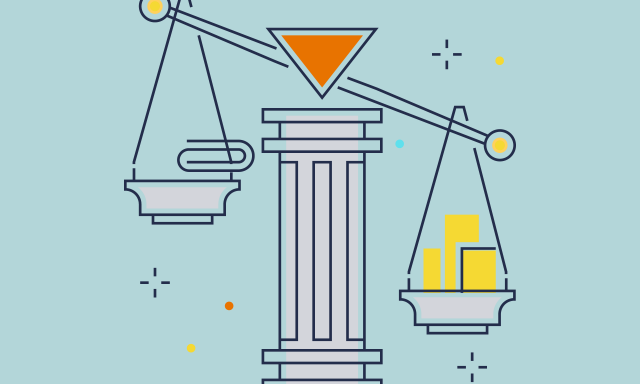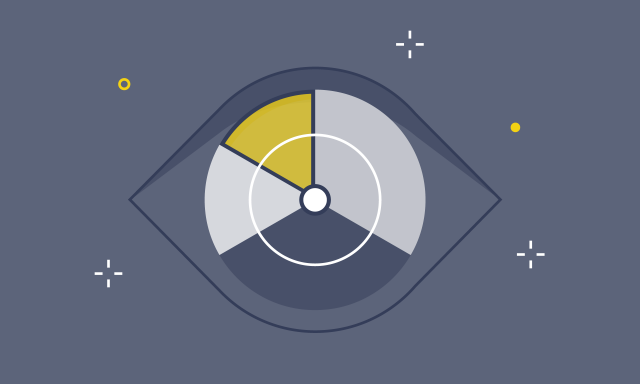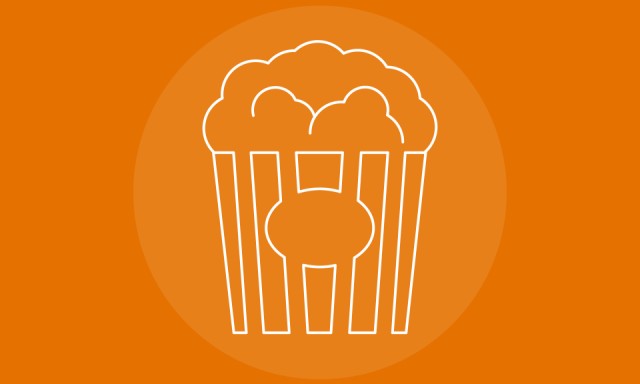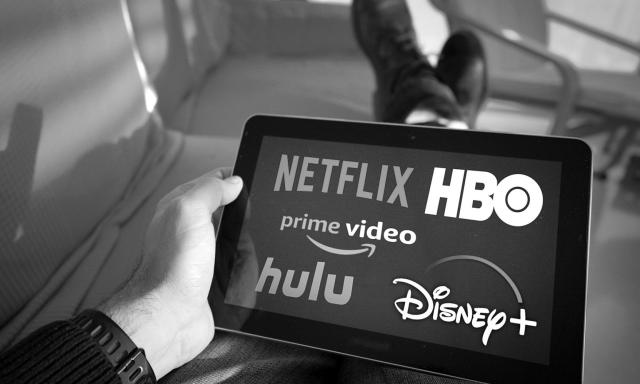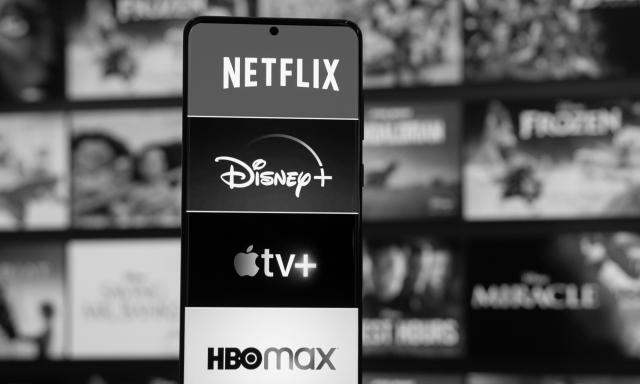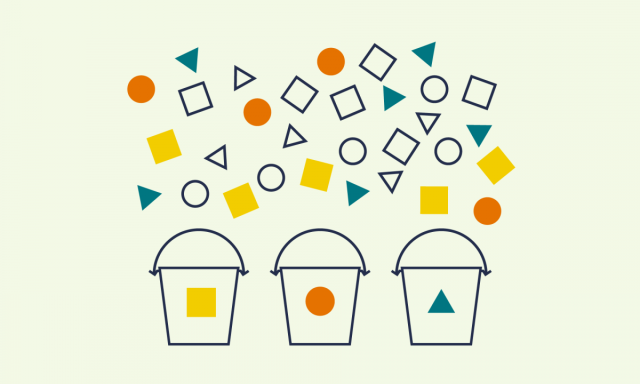
Too Many Choices: A Model to Predict Open-Ended Consumer Decisions
Picture this: you’re about to go on your lunch break, hunger pangs nudging you toward a satisfying meal. But where to eat? The possibilities are myriad, a labyrinth of choices to navigate.
Everyday life seldom serves up straightforward decisions. Unlike the neat meals displayed on a restaurant menu, the decisions we encounter are often far from well-defined. Instead, we are presented with open-ended scenarios, leaving us to generate potential options ourselves. This overlooked phase of decision-making — a subtle yet significant process — often holds the key to optimal outcomes.
The Importance of Brainstorming and Memory
In “Retrieval-Constrained Valuation: Toward Prediction of Open-Ended Decisions,” published in the journal Proceedings of the National Academy of Sciences (PNAS), researchers propose a novel lens through which to perceive decision-making.
The mere act of brainstorming a range of potential alternatives, they say, significantly influences the quality of our decisions.
After all, “If a promising option isn’t conceived, it can’t be chosen, no matter how much it might align with your preferences,” said the lead author, Darden Professor Zhihao Zhang.
Confronted with a blank slate, the likelihood is that you’ll gravitate toward a brand that rings a bell, a name etched into memory, even if lesser-known options could be equally (or more) satisfying but don’t come to mind.
The researchers observed patterns in people’s behaviors — and brains, via MRI scans — across various decisions, such as choosing a lunch spot. They divided participants into two groups, one with a preset list of options, the other without.
“In the absence of a menu, participants frequently selected familiar joints like McDonald’s and Burger King — brands deeply ingrained in the minds of U.S. consumers,” said Zhang. “Less recognizable but still well-liked brands, such as Chipotle, were chosen much less when participants were required to devise their own options.” This was because consumers were not as likely to recall these lesser-known lunch spots — even when they preferred those spots.
A Model That Predicts
The study led to far more than observations on culinary decisions when choices aren’t handed to people on a silver platter. The researchers developed a computational framework for predicting decisions with remarkable consistency. The prospect of a model that illuminates the cognitive processes that underlie the navigation of open-ended decisions — and can predict them — holds great implications for both academia and practice.
Operating within a controlled laboratory setting, a test of this model achieved an accuracy rate of 90 percent, surpassing the researchers’ expectations and opening the door to a world of precise and predictive insights.
Quantifying the Value of Brand Awareness
Of numerous implications of the model, one example from marketing: How can the value of brand awareness be evaluated — or even predicted (a far more difficult and valuable feat)?
“This is something that all marketers strive for,” Zhang said. He noted that the model enables a quantifiable measurement of the benefits reaped by prominent brands like McDonald’s, Nike and Amazon, simply for holding leadership positions within their respective markets.
Beyond this rich-get-richer or prominence-breeds-prominence angle, the study addresses a longstanding challenge: forecasting the impact of advertising campaigns before they unfold. Historically, predicting campaign outcomes has been a formidable task laced with uncertainties. How to predict success? “But our study takes the first step to giving a more precise answer to that question,” noted Zhang. It means marketers can go a step beyond ad testing to determine how much of an increase in brand awareness might proportionally increase sales.
While marketing campaigns often gauge success through improvements achieved — such as an awareness campaign elevating brand recognition from 30 percent to 50 percent — the real challenge lies in assessing the monetary value of this improvement.
“Brand awareness, while pivotal, is not the ultimate endgame for businesses,” Zhang said. “It doesn’t inherently translate into direct revenue or a larger market share.” This is where the predictive model comes in, computing estimated market share based on specific shifts in brand awareness. By drawing a clear line between elevated brand awareness and open-ended decision-making, the model provides a tangible glimpse into the future, indicating how consumer choices may change with shifts in brand recognition.
“We are directly connecting brand awareness to important financial outcomes like sales, market share, revenue and profit,” Zhang said. “By providing a clear numerical representation of the change in brand awareness, we can help marketers make a more compelling and precise case for their campaigns,” added Zhang.
Important Decision-Making
The researchers posit that their model holds promise across a spectrum of business applications surrounding open-ended choices. As another example: the process of shortlisting candidates for hiring or promotions.
“The compilation of shortlists is a pivotal stage that significantly shapes the options available,” Zhang said. “It’s a vital step that both empowers and confines decision-making possibilities. Given the ongoing emphasis on fostering diversity, equity and inclusion in employment and management, the study could make an important contribution to this area.”
“I’m optimistic that the general insight that is afforded by the paper would apply well to multiple settings,” said Zhang. “A considerable portion of our everyday decisions involve open-ended choices. Recognizing the significance of options — and acknowledging our brains’ tendencies to overlook certain alternatives — can offer valuable insights for everyone.”
Zhihao Zhang co-authored “Retrieval-Constrained Valuation: Toward Prediction of Open-Ended Decisions,” which appeared in Proceedings of the National Academy of Sciences, with Shichun Wang, Maxwell Good, Siyana Hristova, Andrew S. Kayser and Ming Hsu, all of the University of California, Berkeley.
